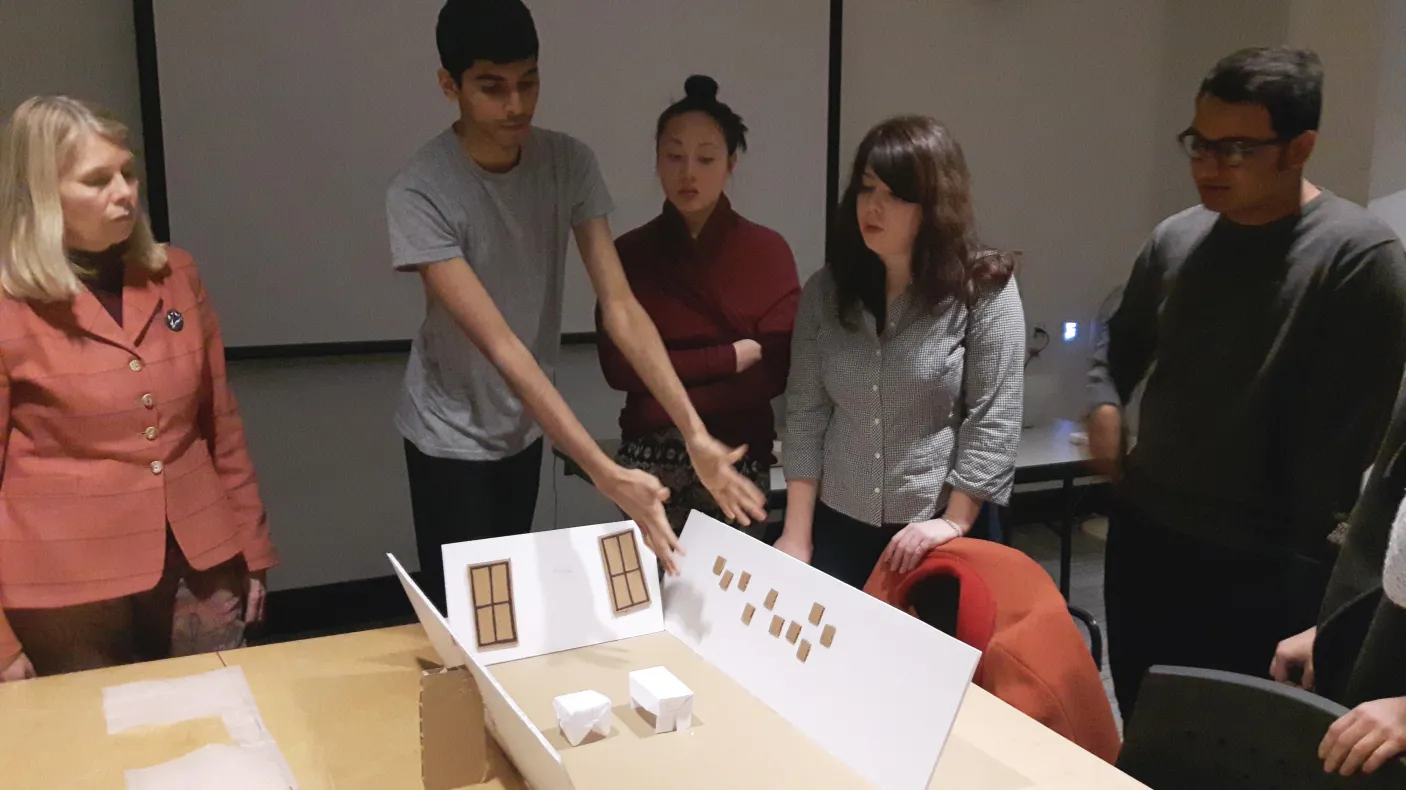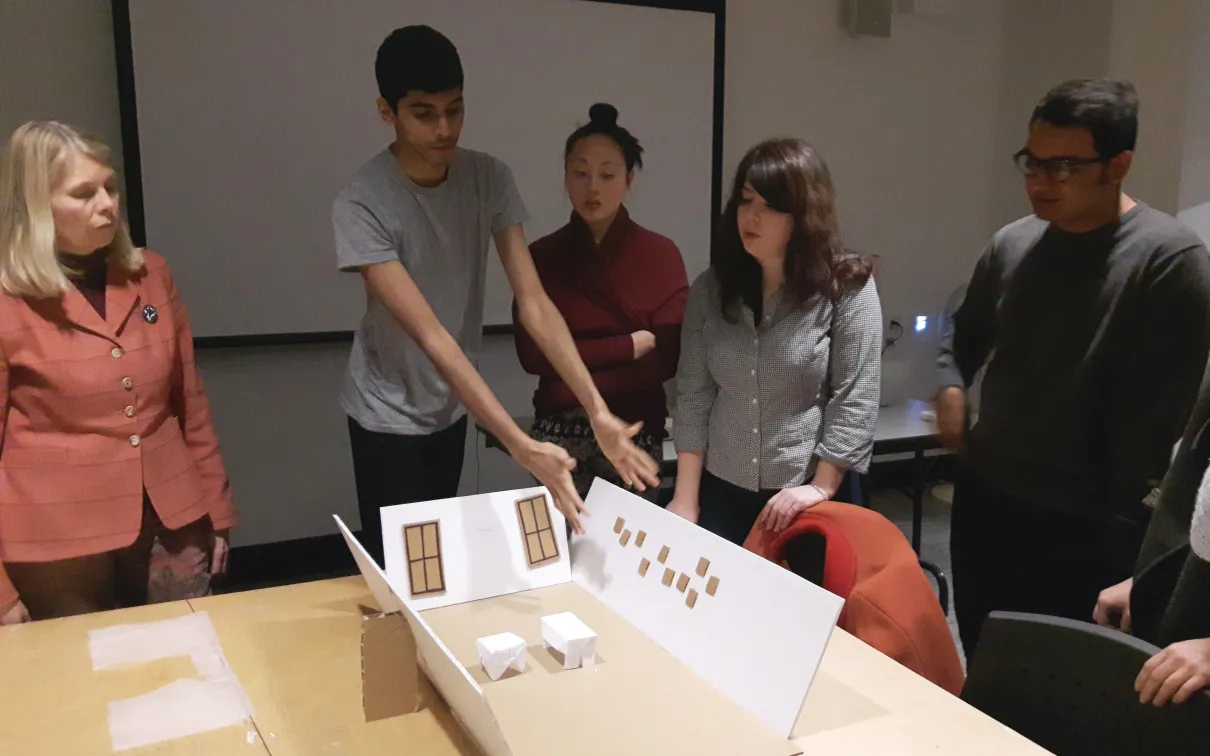The Living Room: Photography in the Public and Private
Published
Categories
Author
Blog Post
By Maya Wilson-Sanchez
For almost nine months now, I’ve had the wonderful experience of working, writing, researching, and creating alongside a class of dedicated and talented undergraduate and graduate students at OCAD University as well as our instructors, and curators and staff at the ROM. It has been a busy time that has taught me a lot about collaborative work and interdisciplinary thinking, as well as how to work on an important exhibition within a major cultural institution. I can speak for all students when I say we’re proud of the work we’ve accomplished and we’re very excited to share it soon.
Our project began as ideas and proposals by students Ania Medrek and April Xie, inspired by their reflections on Gillian Rose’s book Doing Family Photography: The Domestic, The Public and The Politics of Sentiment (2010). This text, which we discussed in class, highlights how family photographs aren’t just images, but rather objects that exist in time and space and cannot be separated from the contexts and rituals in which they are embedded. This discussion also introduced the kind of performance and labour that happens when organizing and cataloguing images into albums or picture frames. Rose also points to the importance of thinking about the domestic setting in which family images exist and are presented. By understanding family photography within the networks of subject, object, practice and space, we became interested in thinking about the experience and presentation of family photography in our installation. We asked ourselves what it means to take these images out of people’s homes and exhibit them in a museum, and thus experimented with the idea of creating the intimate and inviting experience of a home within the museum space. The Living Room prototype, which was presented at the ROM in December, further explored this idea and used interactivity and projection mapping technology to create a comfortable domestic space inside The Family Camera exhibition. The ROM staff and curators selected this as the piece, alongside other aspects from the rest of the presented prototypes, for the students to develop over the next four months.
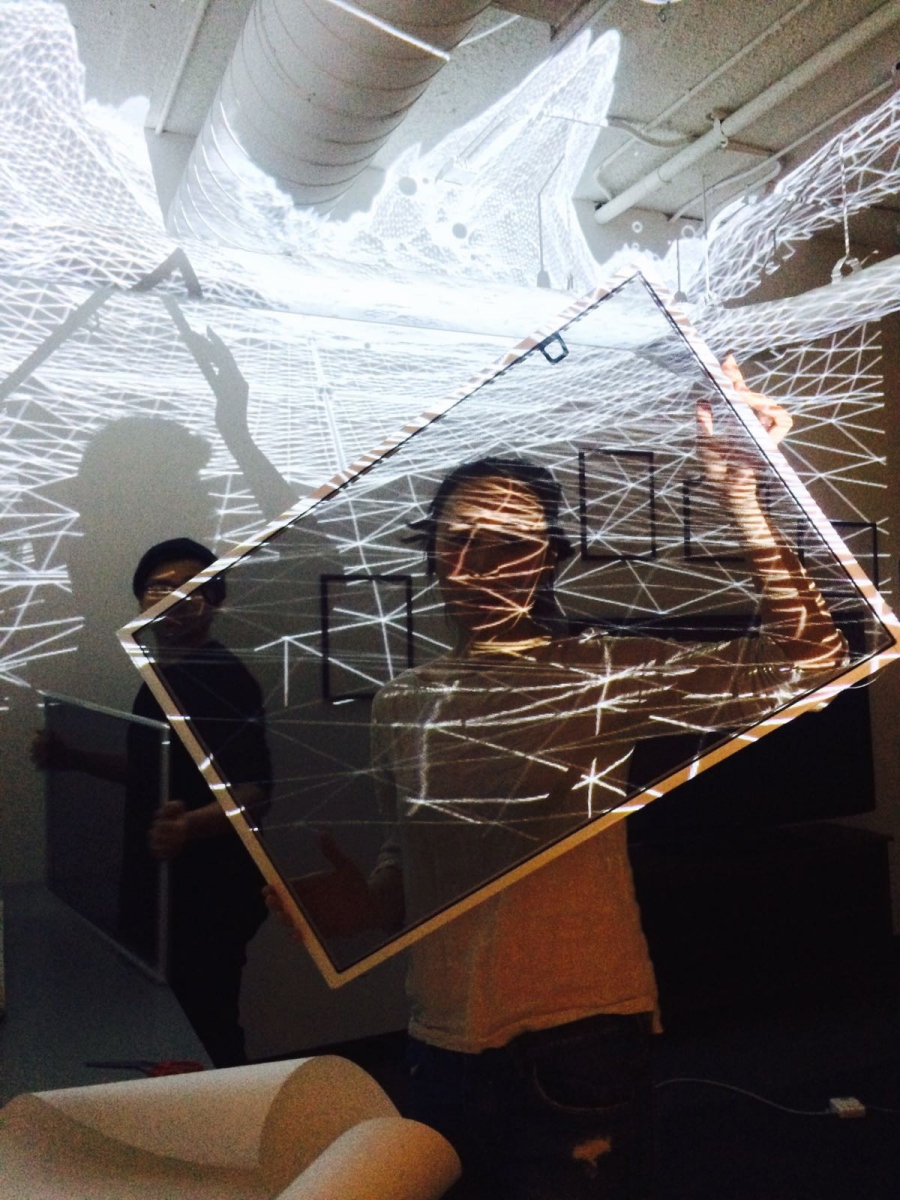
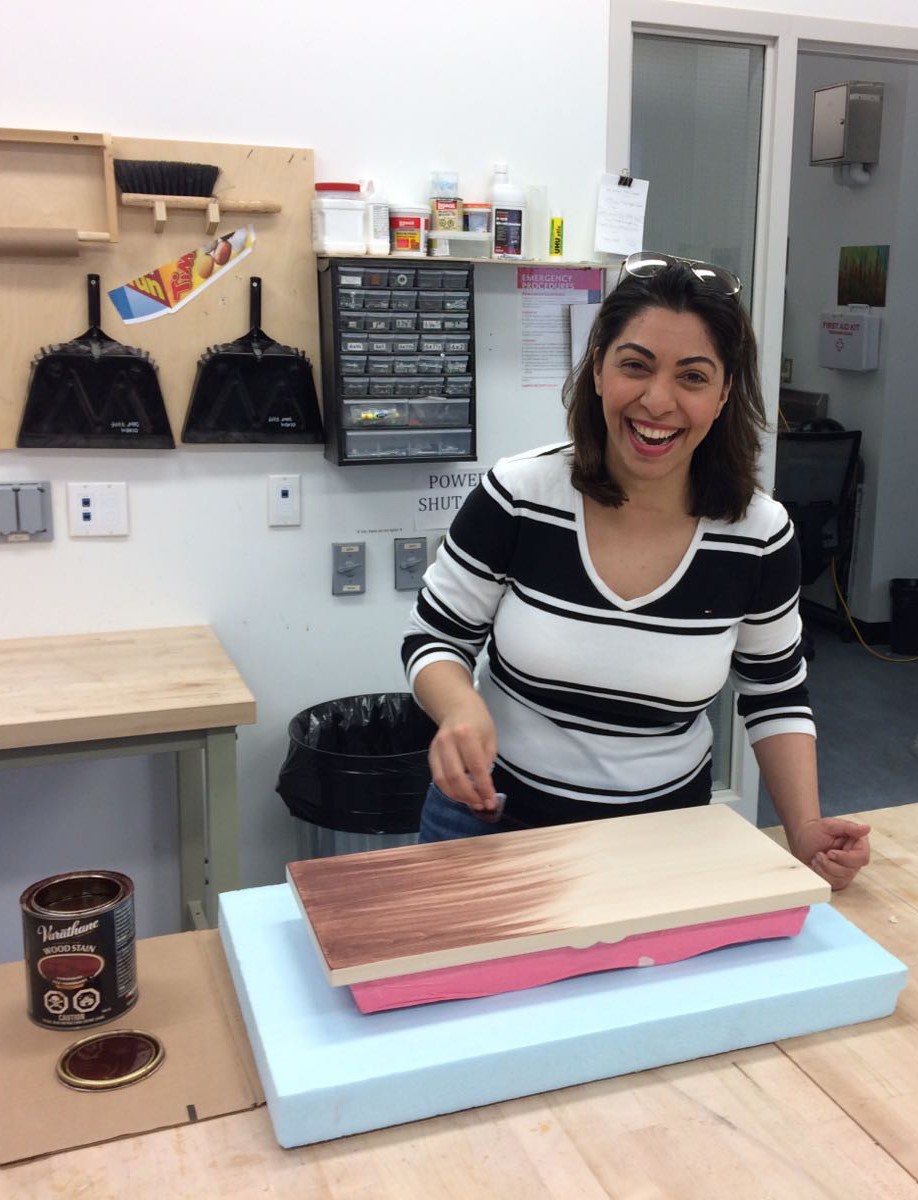
Moving forward with this prototype meant the whole class became involved in creating a living room space for visitors to experience a selection of family photographs in a variety of different media formats. The Living Room presents the stories of three individual participants through their family photography, situated within an immersive installation that includes a range of artifacts and technologies. As one of the students leading the curatorial aspect of the installation, I helped to develop a curatorial vision in collaboration with my colleagues, our instructors, and the ROM staff.
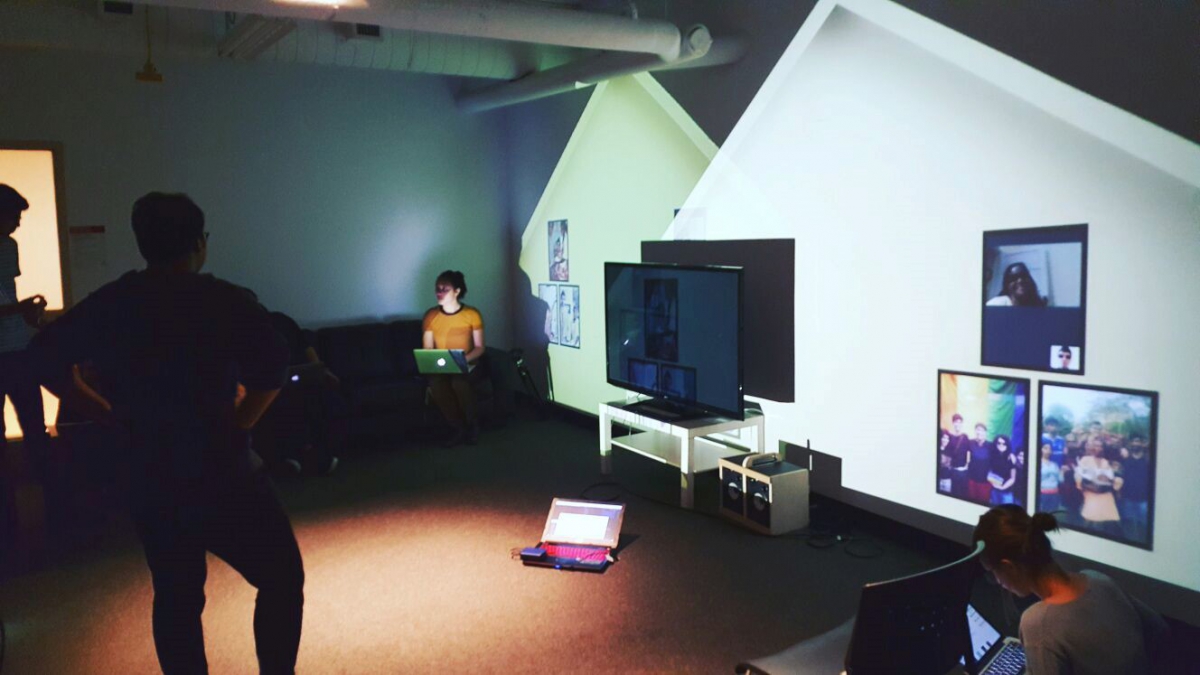
The curatorial vision was shaped through the process of engaging with our participants and gathering their images and stories. It became clear that sharing family photographs is an intimate act that takes courage and generosity. In a sense, it felt as though we were invited into their own private “living rooms” – and could witness how their family photographs exist at the intersection of private and public space. We saw how photographs can express moments of celebration and resilience connected to narratives of migration, affirmation, and resistance. Through this process, the act of storytelling became an experience of empowerment and helped to show us how personal memories can be linked to collective memory.
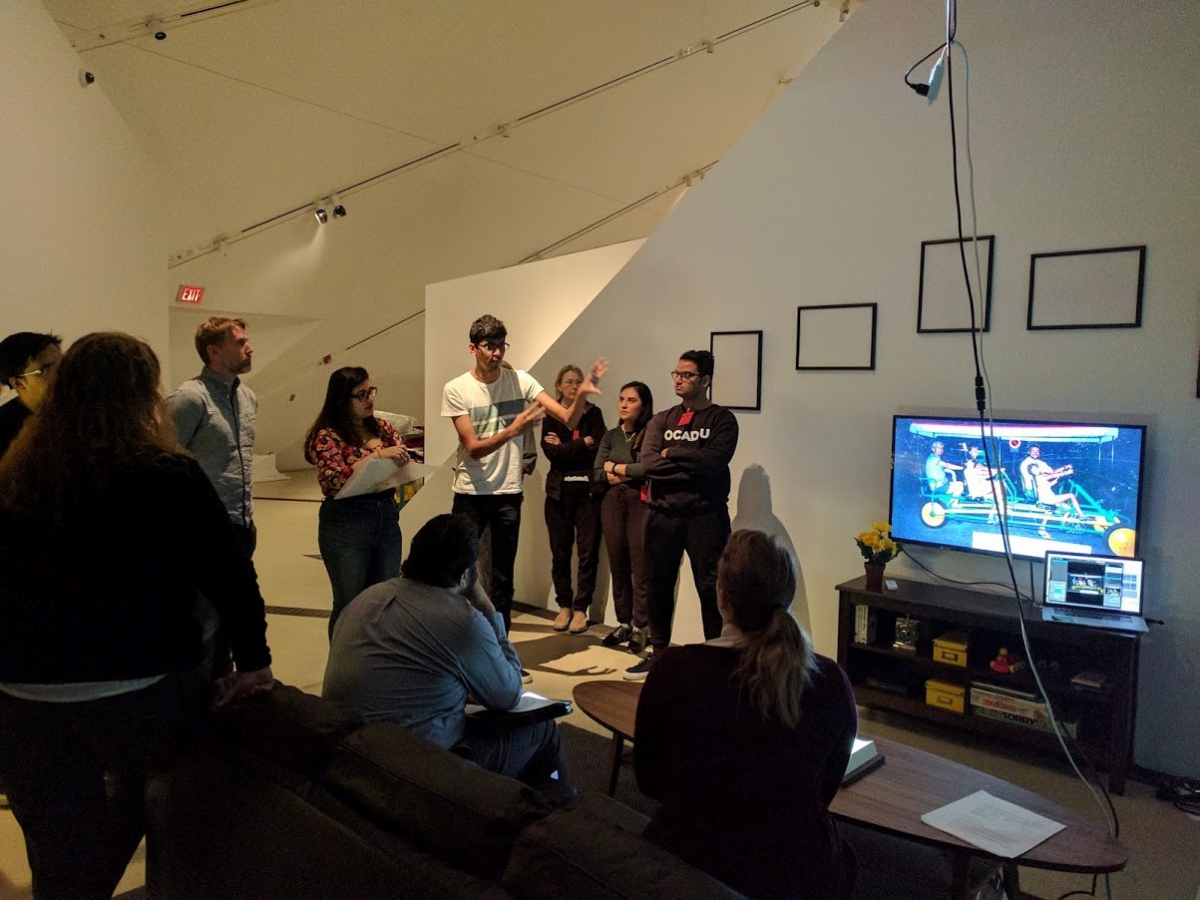
The Living Room opens on May 6th 2017, as part of The Family Camera exhibition. It shows how through stories and images, we create new histories that help shape our society.
Participating Students: Samaa Ahmed, Margarita Castro, Bijun Chen, Mudit Ganguly, Thom Jeffrey Garcia, Sara Gazzaz, Afaq Ahmed Karadia, Annette Mangaard, Ania Medrek, Katie Micak, Natasha Mody, Manik Perera Gunatilleke, Maya Wilson-Sanchez and April Xie.
Instructors: Martha Ladly (course director), Immony Men (creative and technical director), Julie Crooks (curatorial instructor), Jennifer Orpana (curatorial instructor)
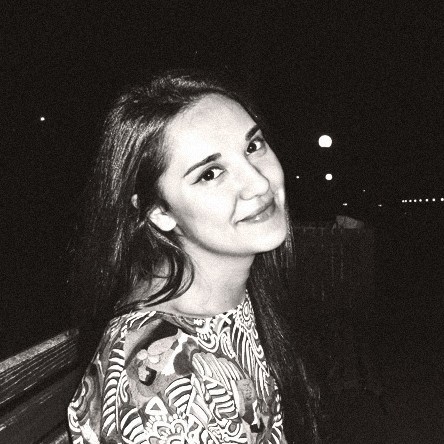
Maya Wilson-Sanchez is an emerging writer, researcher, and curator. She has worked at Onsite Gallery, Xpace Cultural Centre, the Art Gallery of Peterborough and Gallery TPW. Maya is currently working and studying at OCAD University.
This blog is part of an ongoing series that reflects on the nature and meaning of family photos. It is related to The Family Camera Network project, a community archive project to collect and preserve family photographs with their stories. #ROMfamcam
